by GardenLover | Mar 2, 2018 | Gardens to Drive
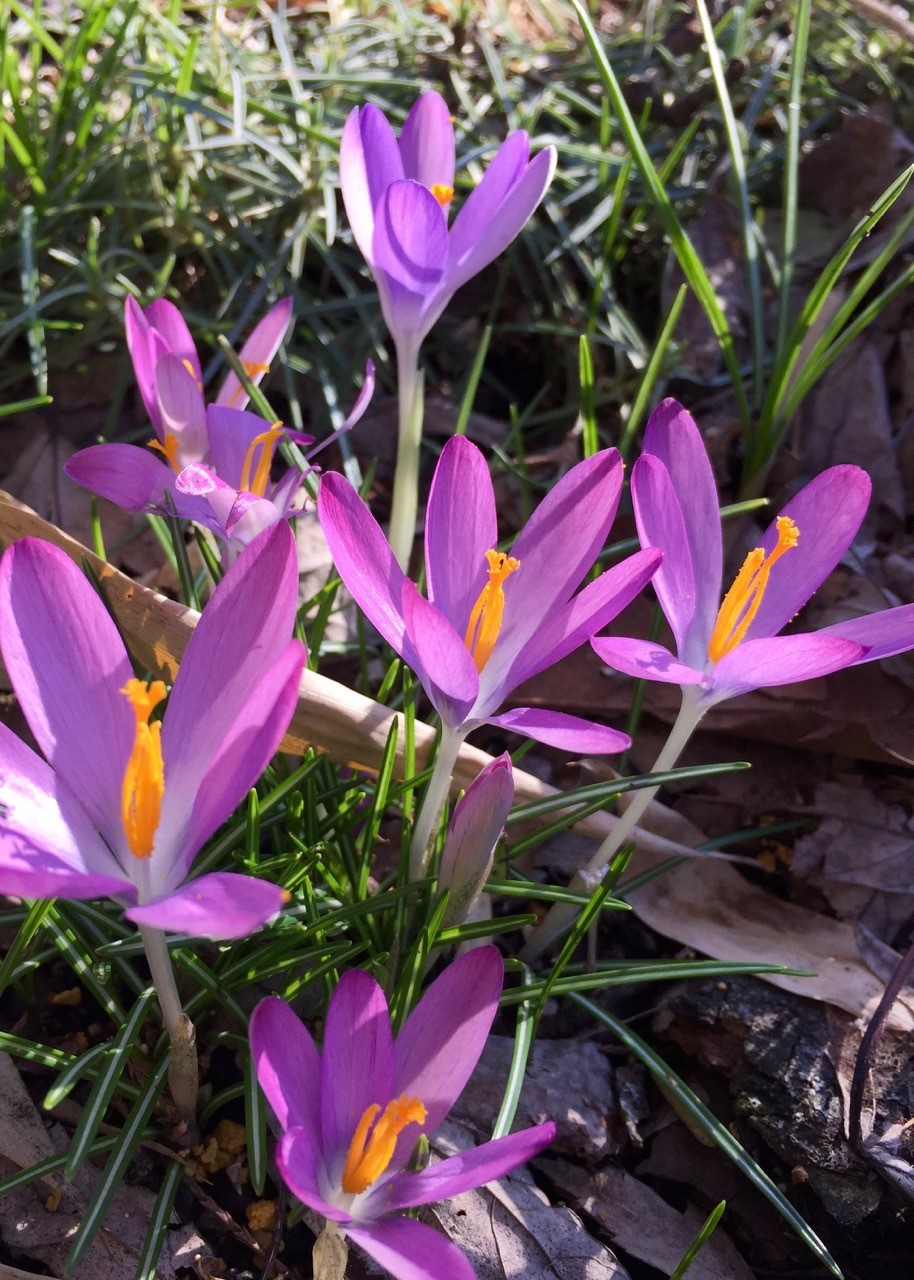
Teeny, tiny flowers are potent symbols
By Michael Leach
Small packages can contain fabulous wealth. Consider the simple cube. Hardly bigger than two plump thumbs, it opens to reveal a glittering diamond and emerald ring that sits like an imperial crown upon a velvet pad.
So it is with some of the smallest bulbs in my garden, snowdrops and snow crocus. Their tiny flowers generate excitement on a scale far beyond their size not to mention an early meal for pollinators. Those teeny, tiny blooms are powerful signs of better things ahead.
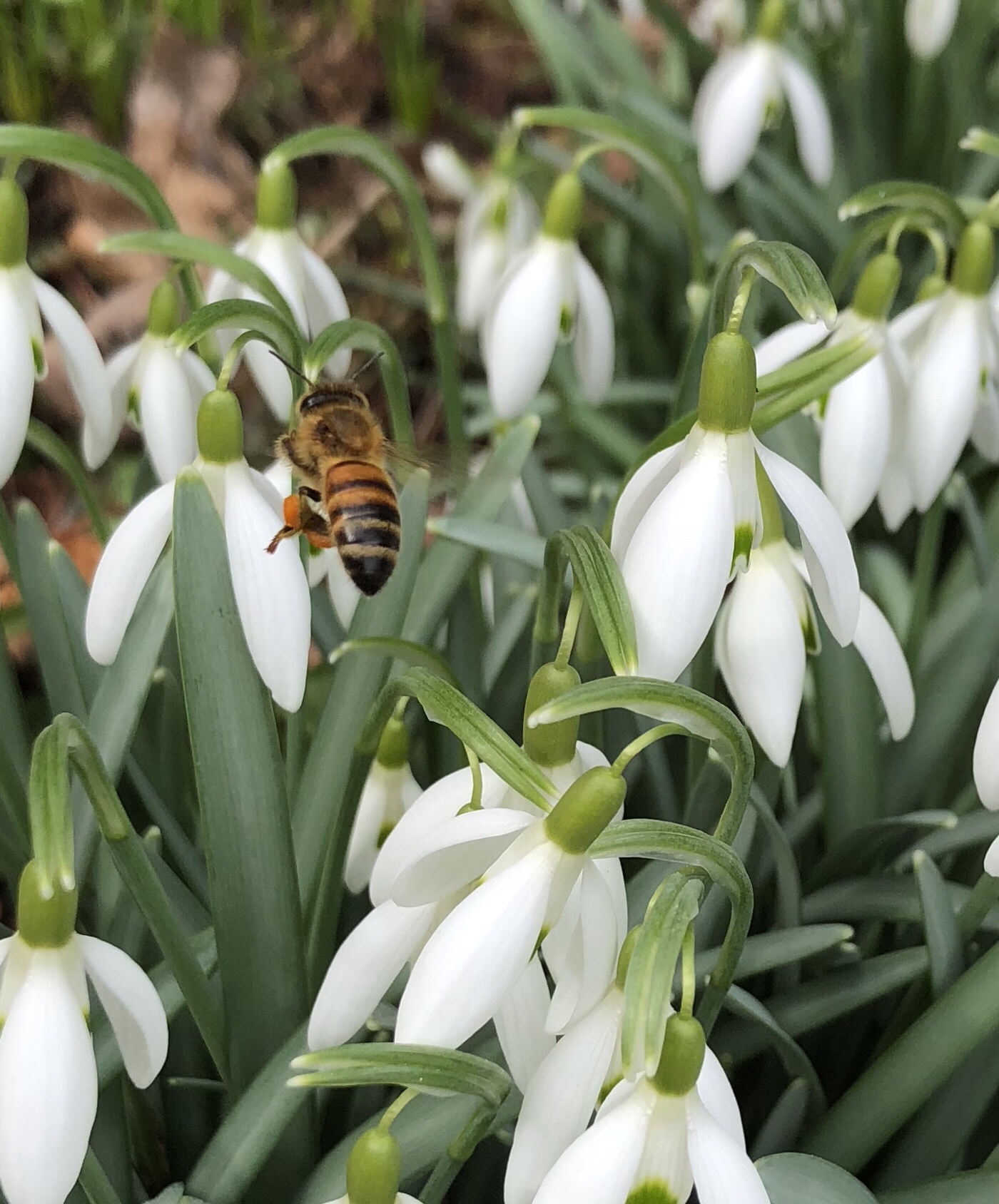
These diminutive flowers are especially potent this winter, which arrived early with a nastier attitude than usual. It’s taken itself far too seriously in my opinion. Fortunately a thaw in late February turned into a few days of late-May weather, prompting those precious little flowers to pop open.
The mild weather also pushed the two big silver maples in the back yard to get into the act. Their flowers are even smaller thanthe bulbs’ but their masses of swelling buds create a pastel yellow aura around one tree and burgundy the other. Unfortunately their beauty appears too far over head to appreciate the flowers.
Because wee blooms are lost in a vast scene, legions of them are needed for a visual statement in a expansive landscape, such as mine. Those trees produce their own show. Bulbs require my effort.
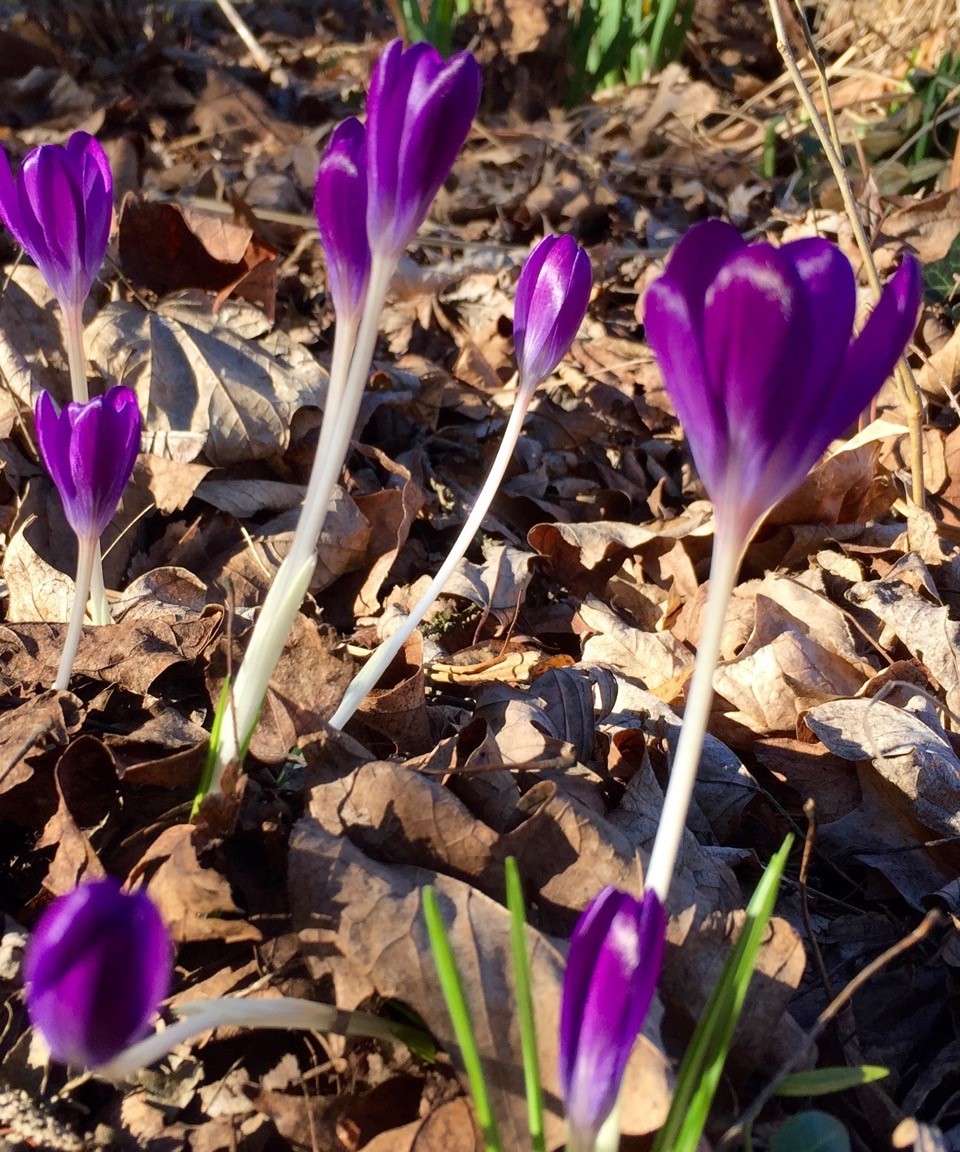 My token blossoms always inspire visions of lavender and yellow swaths of snow crocus, white drifts of snowdrops and golden rivers of countless daffodils for next spring.
My token blossoms always inspire visions of lavender and yellow swaths of snow crocus, white drifts of snowdrops and golden rivers of countless daffodils for next spring.
What will probably happen is a repeat of the disappointment of many past springs. The reality of bulb planting season is fatigue, hard soil and sprawling plants that I tangle with while digging holes. The garden season always seems to require too many weedings, waterings and plantings. Near exhaustion, not enthusiasm results. Instead of the thousands or even hundreds to bring alive these visions of spring glory, only a few bags of various bulbs are purchased and planted.
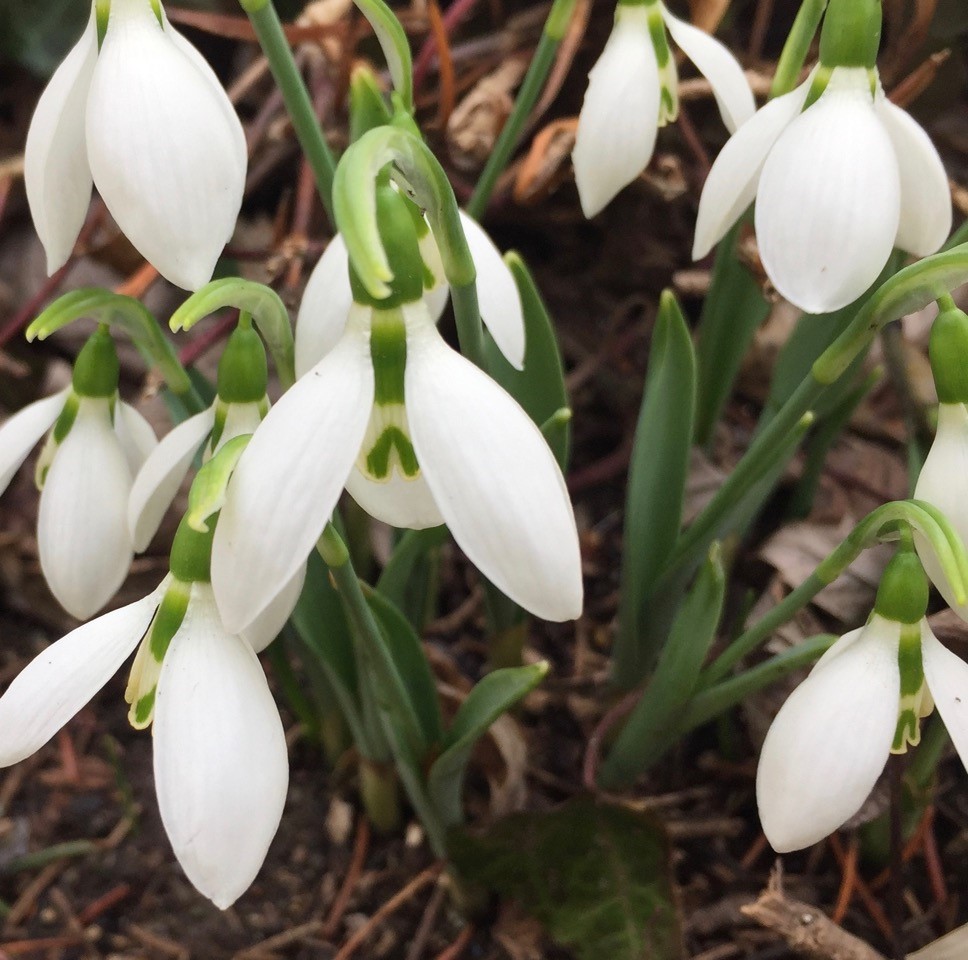 Knowing such fantasies are unlikely to take root, a practical thought comes to mind. A few dozen tiny bulbs would suffice to greatly enliven the portion of the perennial border nearest the sunporch windows. Why not order from one of those clever bulb companies? Their catalogs, spiced with early bird specials, arrive during the heyday of spring bulb season. Instead of a token few, I could buy enough to create a modest statement. Because the bulbs will bepaid for months ahead, my frugal nature will insist that there be no waste of money. This will generate sufficient energy to dig the required holes.
Knowing such fantasies are unlikely to take root, a practical thought comes to mind. A few dozen tiny bulbs would suffice to greatly enliven the portion of the perennial border nearest the sunporch windows. Why not order from one of those clever bulb companies? Their catalogs, spiced with early bird specials, arrive during the heyday of spring bulb season. Instead of a token few, I could buy enough to create a modest statement. Because the bulbs will bepaid for months ahead, my frugal nature will insist that there be no waste of money. This will generate sufficient energy to dig the required holes.
Perhaps this is the year. But for now, I must go out and gaze at the wee wonders who seem to whisper, “Winter’s done for.”
by GardenLover | Dec 22, 2017 | Gardens to Drive
 Check out our latest podcast as Michael Leach shares “Real or Fake?,” a humorous essay on the recurring Christmas tree debate.
Check out our latest podcast as Michael Leach shares “Real or Fake?,” a humorous essay on the recurring Christmas tree debate.
by GardenLover | Nov 13, 2017 | Gardens to Drive
[youtube https://www.youtube.com/watch?v=nyIgowQlYGE&w=560&h=315]Working with Mother Nature and the Community to Solve a Problem
By Debra Knapke
You may have noticed that I haven’t posted in a while. There has been a lot going on this past spring, summer and fall, and blogging, unfortunately, became a lower priority.
One project that was all-consuming in the spring was the transformation of a waterlogged park into a constructed wetland. In less than three months an amazing team of people created a place that would normally need a year or more of planning.
In the first season, volunteers have seen many different species of butterflies, dragonflies and damselflies. We had frogs and toads in the wetland, and frog eggs in one of the shallow pools. The upland plants were visited by a myriad of bees, beetles, wasps and more. The bluebird boxes were full and the resident bats and tree swifts ate any visiting mosquitoes. Next year, one goal is to inventory the animals that use the wetland for food and /or shelter.
I invite you to take a moment, 5 minutes and 34 seconds to be precise, to experience the making of a wetland.
by GardenLover | Nov 4, 2017 | Misc., Special Topic
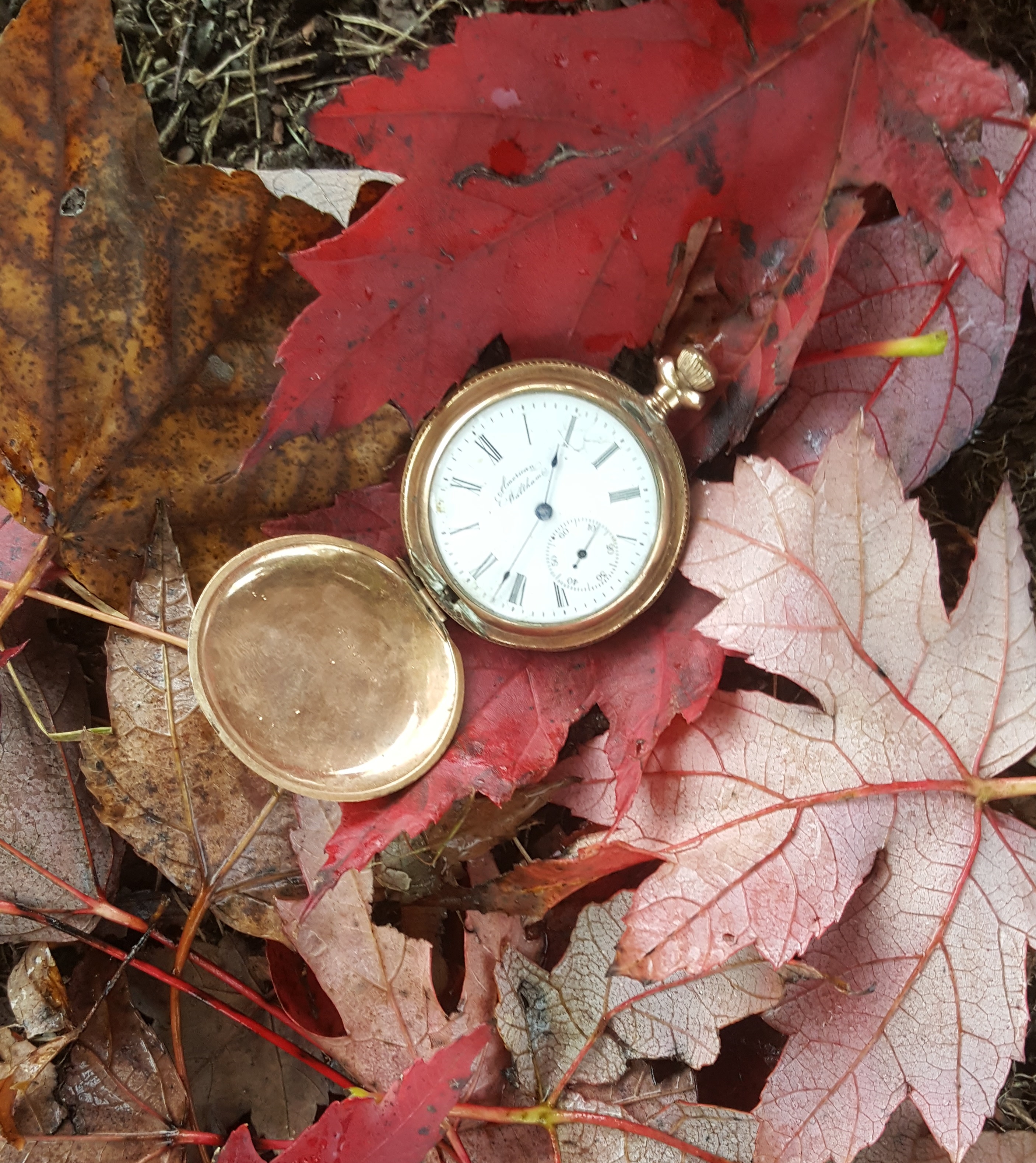 Winter starts with an act of Congress.
Winter starts with an act of Congress.
By Michael Leach
How else can a gardener — or anyone else — look at the end of Daylight Savings Time?
One night you sit down to supper in the fading amber glow of late autumn sunlight; the next, it’s a black expanse as vast and forbidding as Siberia.
It’s a mind game. No matter the temperature after time change, winter is as real as any wind chill reading or stinging sleet.
An urge to hibernate grows and reminds us this is the time to gather near the hearth (more likely a furnace register), be still, cover up and rest. For weeks this hibernation-like approach makes for guilt-free indolence of reading and dozing on the sofa after supper. There is rejoicing. We have a reprieve from weeding. It’s too cold for watering.
Hope lives on indoors with potted tropical foliage, herbs and a few clippings of summer favorites. My contained garden, even in a room with large, south-facing windows, is appealing but still fails to satisfy as much as a few minutes working warm garden soil filled with free-range plants.
Gardeners are outsiders. We flag under the gray pall, just as a sun-loving potted plant grows spindly and pale when placed too far from the windowsill. Like the unhappy plant stretching toward the light, we too lean to the window searching for some sign of spring’s return.
Our grounding in the world beyond the glass makes gardening essential. We can almost root into the earth as we till and sow, while our heads remain in the air and sunlight. We are nurtured even as we nurture. Plants literally feed us and give us oxygen, so why wouldn’t they inspire joy when we see them turning green, flowering and breathing life into the stale scene of straw lawns and skeletal trees.
When hope seems lost, Daylight Savings Time returns. What better harbinger of spring than an extra hour of daylight. Instead of hunkering down to dinner in the dark, there’s time to garden after dessert.
Surprisingly, Congress managed to do something at least halfway right.
by GardenLover | Aug 16, 2017 | Gardens to Drive
The Dragonfly
Poem by Louise Bogan; images by Teresa and Brian Woodard taken at the Odonata 2017 conference.
You are made of almost nothing
But of enough
To be great eyes
And diaphanous double vans;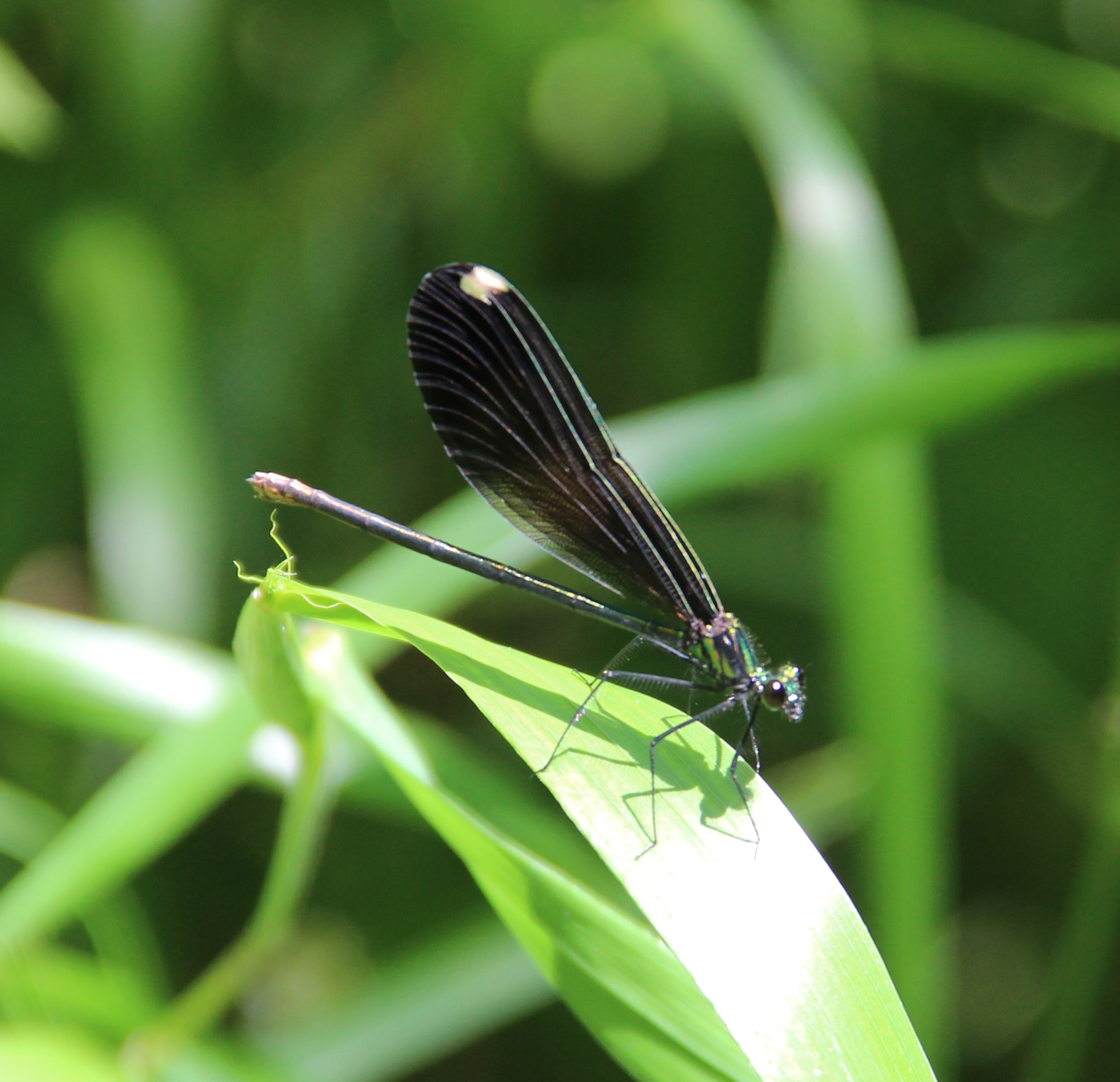
To be ceaseless movement,
Unending hunger
Grappling love.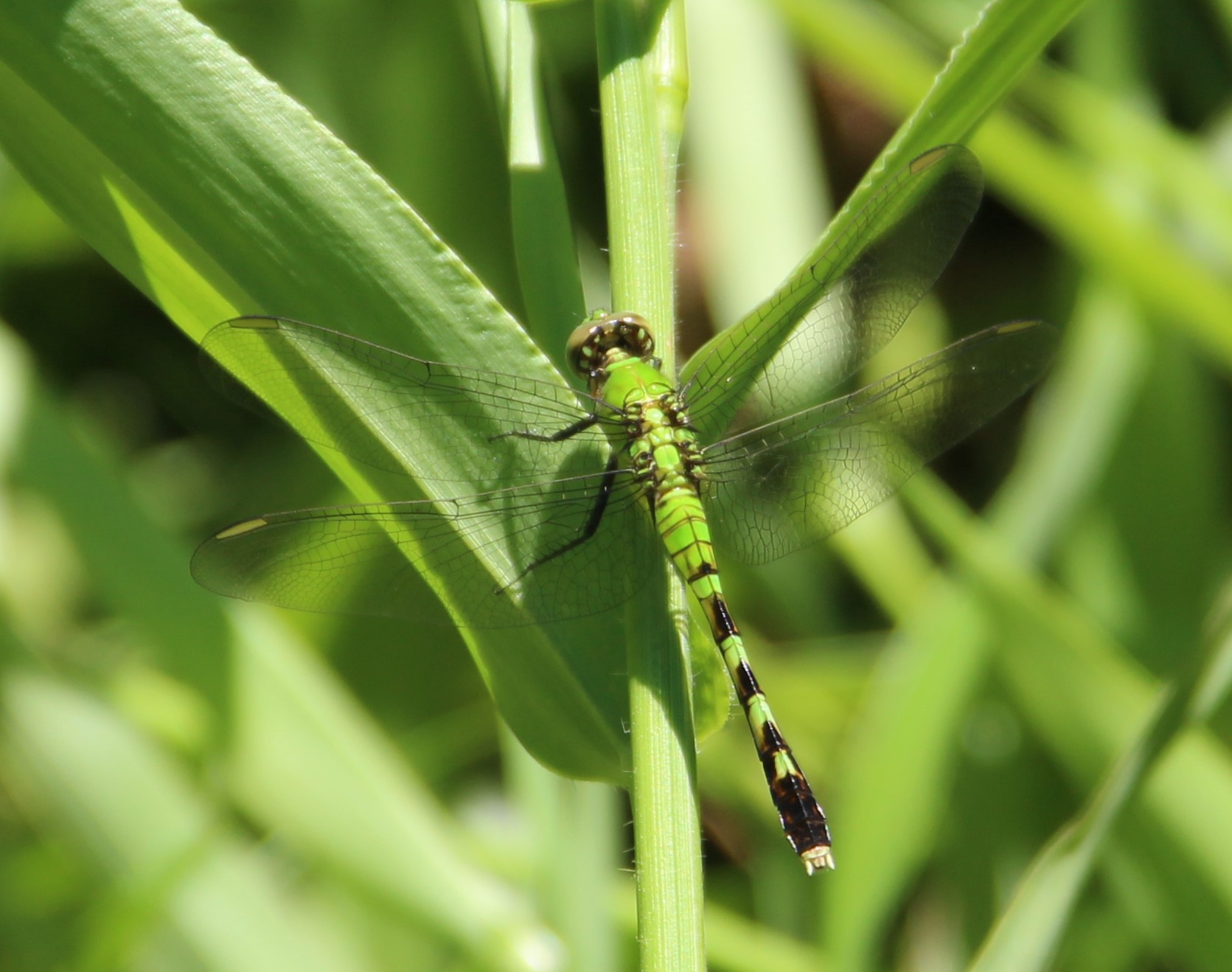
Link between water and air,
Earth repels you.
Light touches you only to shift into iridescence
Upon your body and wings.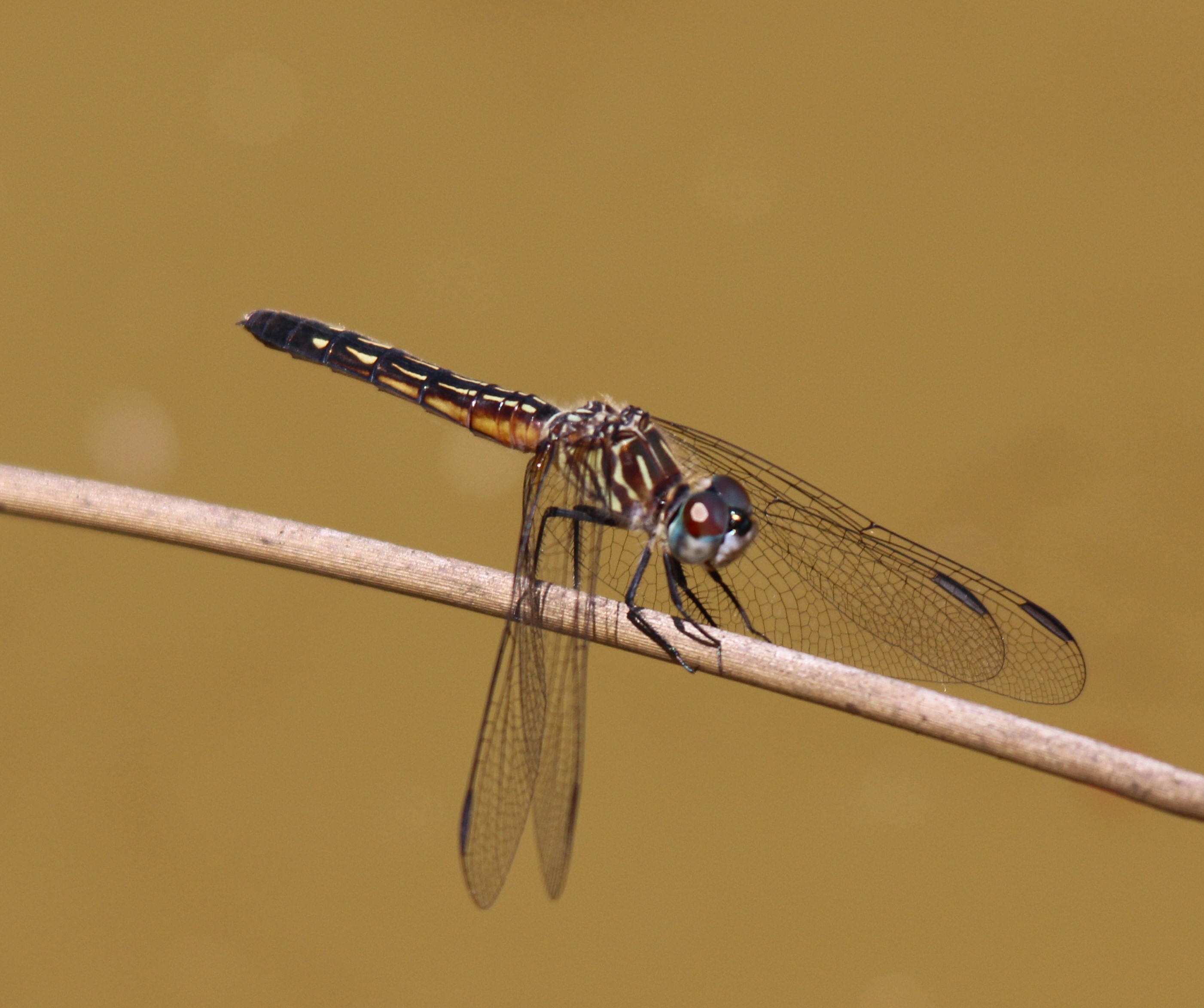
Twice-born, predator,
You split into the heat.
Swift beyond calculation or capture
You dart into the shadow
Which consumes you.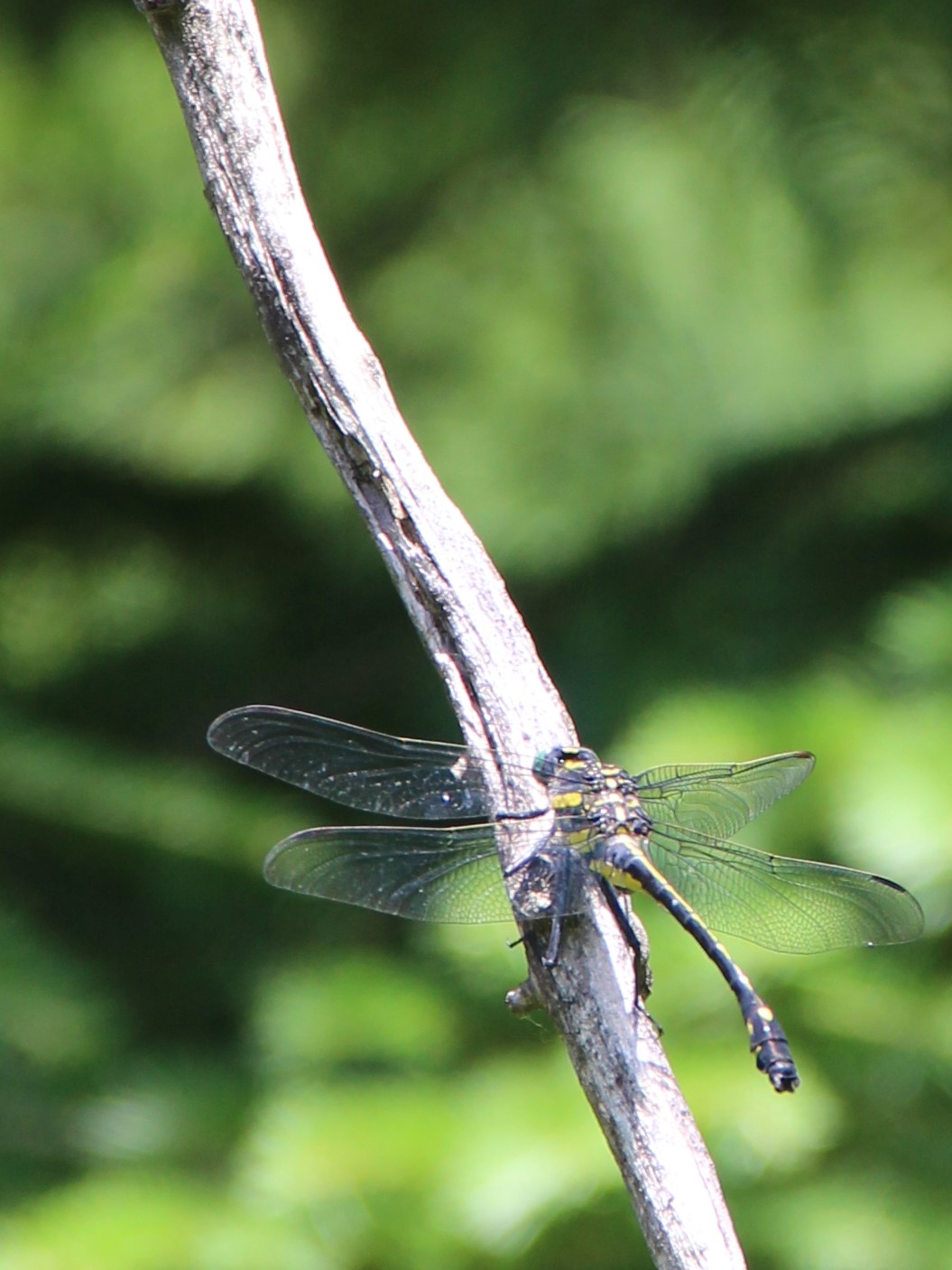
You rocket into the day.
But at last, when the wind flattens the grasses,
For you, the design and purpose stop.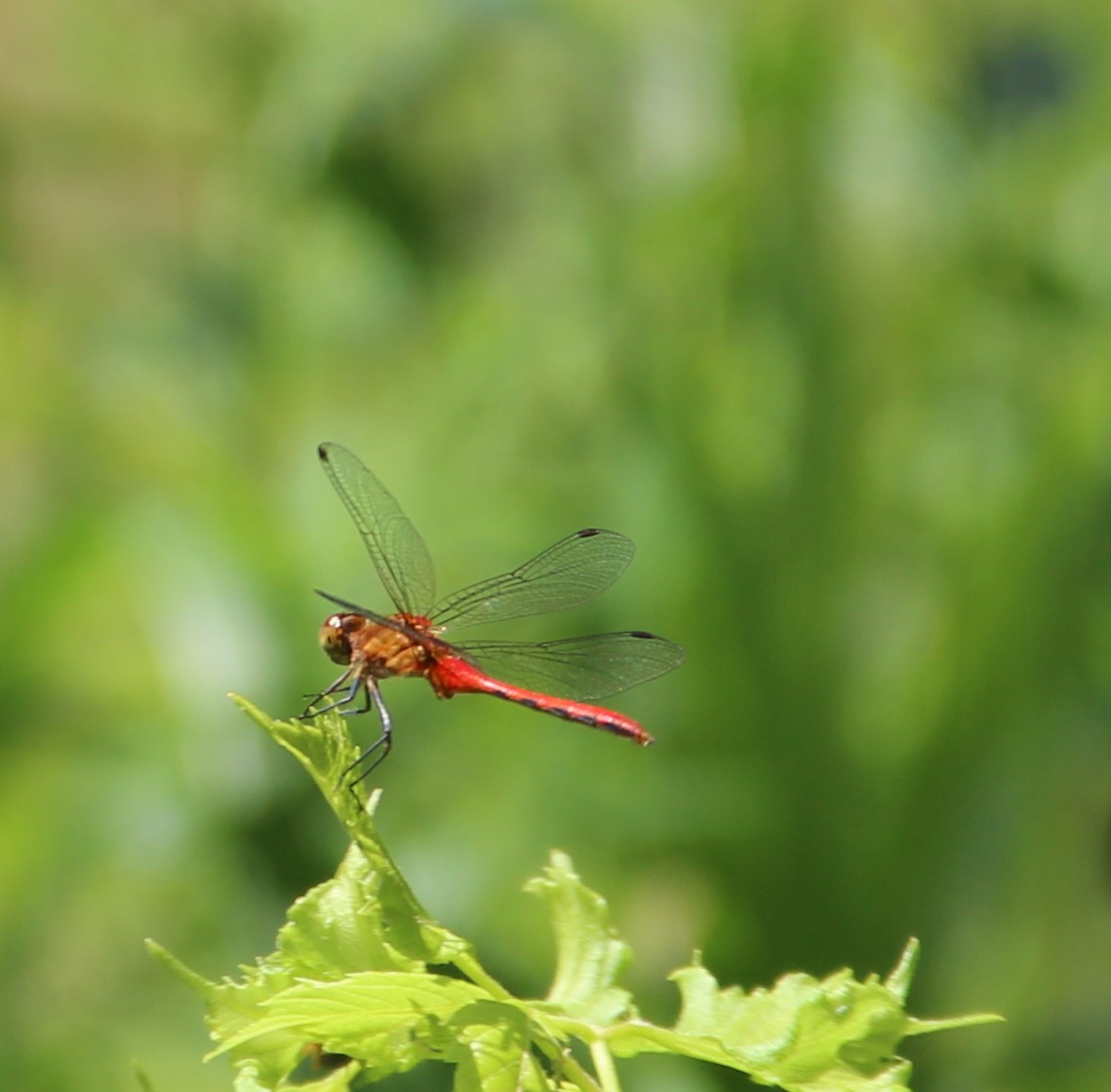
And you fall
With the other husks of summer.
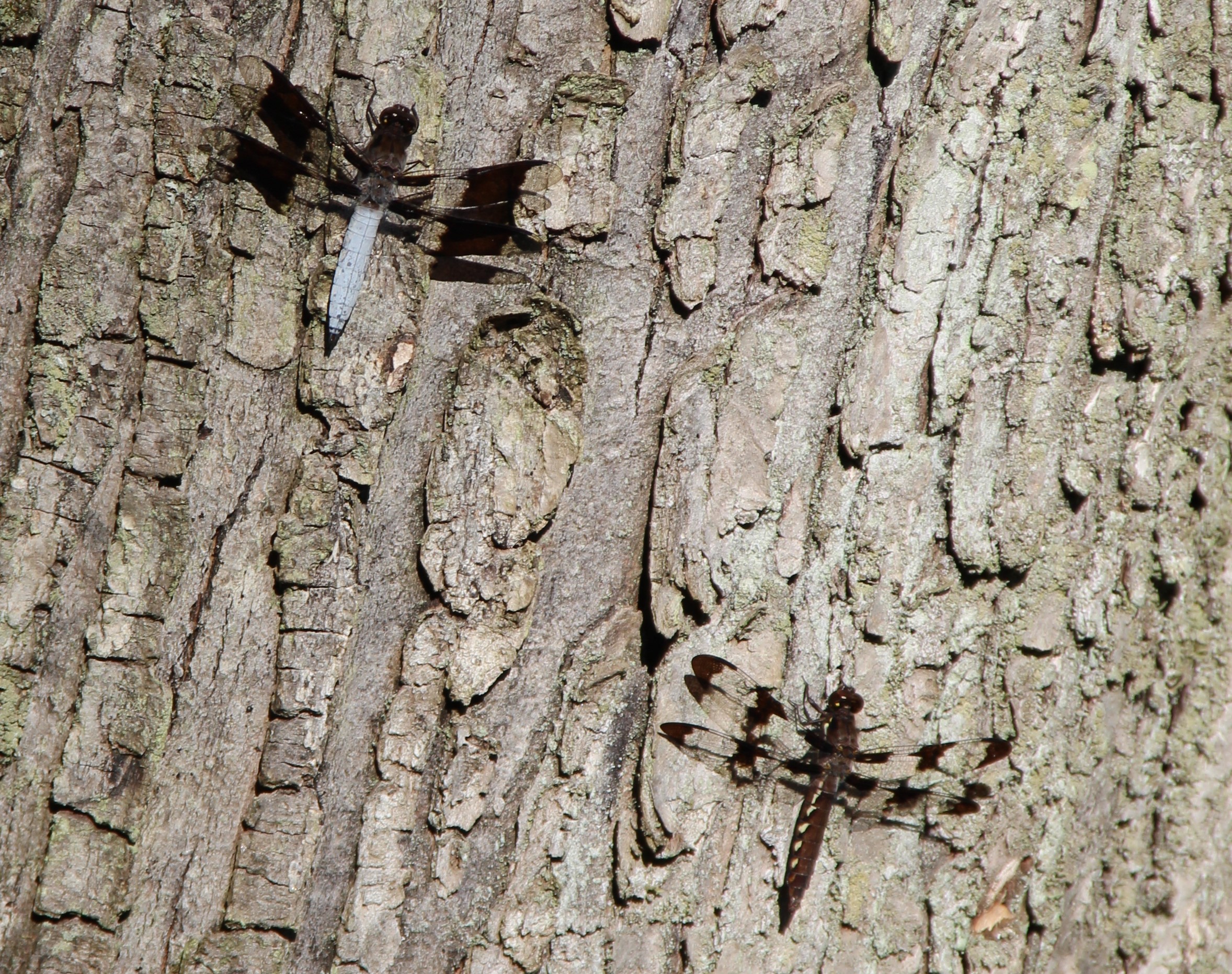
Common whitetail dragonfly male (top) and female (below)
Learn More


 My token blossoms always inspire visions of lavender and yellow swaths of snow crocus, white drifts of snowdrops and golden rivers of countless daffodils for next spring.
My token blossoms always inspire visions of lavender and yellow swaths of snow crocus, white drifts of snowdrops and golden rivers of countless daffodils for next spring.  Knowing such fantasies are unlikely to take root, a practical thought comes to mind. A few dozen tiny bulbs would suffice to greatly enliven the portion of the perennial border nearest the sunporch windows. Why not order from one of those clever bulb companies? Their catalogs, spiced with early bird specials, arrive during the heyday of spring bulb season. Instead of a token few, I could buy enough to create a modest statement. Because the bulbs will bepaid for months ahead, my frugal nature will insist that there be no waste of money. This will generate sufficient energy to dig the required holes.
Knowing such fantasies are unlikely to take root, a practical thought comes to mind. A few dozen tiny bulbs would suffice to greatly enliven the portion of the perennial border nearest the sunporch windows. Why not order from one of those clever bulb companies? Their catalogs, spiced with early bird specials, arrive during the heyday of spring bulb season. Instead of a token few, I could buy enough to create a modest statement. Because the bulbs will bepaid for months ahead, my frugal nature will insist that there be no waste of money. This will generate sufficient energy to dig the required holes.
 Check out our latest
Check out our latest  Winter starts with an act of Congress.
Winter starts with an act of Congress.




